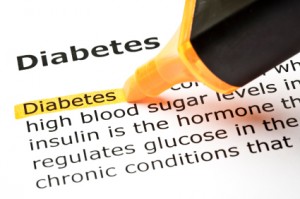
Article written for POSAA Members Newsletter POSAAbilities. Refer to the Press section to see the newsletter.
One of the biggest ailments these days seems to be a lack of energy. It’s so common that it’s be-come a multi-million dollar opportunity for big business to fleece those looking for real solutions. If the body or mind is out of balance then tiredness is often the result. Use this simple 10-Step Miracle Energy Booster program to get yourself back into balance and turbo charge your days.
1. Quit Trying to be Wonder Woman
One of the main reasons for a lack of energy is that we take on too much and are trying to cram far more than is humanly possible into 24 hours. Use these simple tips: Spend 15 minutes first thing in the morning (or the night before) planning your day; Prioritise your tasks and put off tasks that are less important or have longer deadlines so your day is manageable and you don’t end up in overwhelm; Stop and think twice before you agree to take on more; Assess what is really important and learn to say ‘No’ Ask for help from others
Lastly, give yourself a break – you’re not Wonder Woman and you don’t have to be.
2. Survive Stress
Dare I say stress is often a perception, rather than real. Most of our stresses are self-imposed and many of the things we ‘stress out’ about simply aren’t really that important.
It can help to change your perception by checking when you feel stressed and asking yourself “why exactly am I feeling this way – what’s the cause?” This will help connect with and understand the drivers for your emotional stress, and that will empower you to make different choices.
Stress-induced emotions consume huge amounts of energy. If you can’t have a more relaxed atti-tude to life then find an activity that helps you de-stress like talking with friends or a counsellor, joining a support group, meditating, self-hypnosis, yoga, or tai chi.
And don’t forget to take some time out for you to recharge.
3. Quit Smoking
You may not be aware that the nicotine in tobacco is a stimulant. It speeds up the heart rate, raises blood pressure, stimulates brain-wave activity to that of an awake state and makes it hard to get a good night’s sleep.
4. Exercise Daily
It sounds like a contradiction but exercising actually boosts your energy. This is because cardiovas-cular activity improves oxygen flow and blood circulation making your body more efficient.
Exercising daily makes your body release the (good) stress hormones epinephrine and norepineph-rine which also help to make you feel energised. It also improves your ability to reach deep restful sleep at night. For the best balance do two or three 45-minute resistance training sessions a week and 30 minutes of cardio exercise on your off days.
5. Schedule Your Sleep
Sleep deprivation is a major source of tiredness, and nanna napping during the day may be the cul-prit. Although you may be in bed for 8 hours, it takes at least 45 mins of unbroken sleep just to reach the required levels of REM that recharge and rejuvenate the body. The longer and deeper you can sleep in one go will ensure you’ll wake more energised and refreshed.
Start preparing for bed at least 1 hour before bed by not watching TV or using the computer. In-stead do something that will start to get the brain into the right pre-sleep brainwaves. Reading, having a bath or meditating are all good pre-sleep activities.
6. Don’t Skip Meals
Skipping meals actually lowers your metabolism and throws your body into starvation mode, thereby reducing your overall energy levels. If you never feel like breakfast in the morning then you’re probably over eating at night. Stop eating and drinking (especially coffee) at least 4 hours before you go to bed to get 8 hours of restful sleep overnight. Then you are sure to wake up re-freshed and hungry for a healthy breakfast.
7. Five Squares A Day
Studies show that the body can only actively utilise energy from direct food intake for approxi-mately three hours after it triggers a meal has been eaten. After that time any excess food con-sumption is converted and stored via fat deposits. In order to register the trigger a meal need to contain at least 200 calories.
With this is mind the best method to maximise your energy levels is to eat meals of about 200 calo-ries every 3 hours for 12 hours (5 meals e.g. 7am, 10am, 1pm, 3pm and 7pm) and then have a fasting break of 12 hours overnight.
This approach gives your body a steady supply of nutrients, increases your metabolism, controls blood sugar levels and keeps you energised throughout the day. You’ll also sleep better and wake refreshed and hungry.
8. Eat Raw, Steamed and Complex
If you look at the evolution of the human body and our historical diet it’s clear to see that our bod-ies are designed to eat small amounts of lean protein, a little fruit, some complex grains and nuts and heaps of fresh vegetables.
It’s the fat, sugar, salt, colourings and flavourings in processed foods that zap our body of vital en-ergy levels and make us feel super tired. Avoid them (or better still throw them all out of your fridge and cupboards) and you’ll make a huge step towards increasing your energy.
If you follow this fresh food approach to every meal you’ll not only have more energy, you’ll feel better, look better, lose weight, and get all the nutrition you need.
9. Rehydrate
Fatigue is a tell-tale sign of dehydration. At rest the human body requires about 32mls per kilogram of weight. So if you weight 80kg you need at least 2.5 litres of water each day just to maintain hy-dration.
And if you consume coffee, alcohol or any non-water beverages then they all contribute to dehydra-tion. Limit them and offset any consumption with the same amount again of pure water or herbal tea (with nothing added).
And if you’re exercising you’ll need to drink even more. Be wary of sports drinks which are high in salt, sugars, colourings and flavourings and provide no real nutritional benefit to non-athletes. And no matter how hard you think that gym workout or step class was you’re just fooling yourself if you think you need anything but pure filtered water to re-energise you.
If you’re thinking now you’re going to be bloated with water, relax. After a day or two of drinking this volume your body will adjust and settle into the new properly hydrated routine. But you might want to make sure you know where all the public toilets are!
10. Supplements
If your dietary intake of vitamins and minerals is insufficient then you may benefit from a vitamin or herbal supplement. If your diet is fresh, healthy and balanced then you probably won’t.
If you feel a supplement would help your energy levels it can be a good idea to get a simple blood test via your doctor. The test is bulk billed and can highlight any vitamin deficiencies or a sluggish thyroid, which can then be treated appropriately.
Many energy supplements contain guarana or caffeine which can also lead to insomnia. And some herbal supplements may appear to help, but they could also be an expensive placebo that you just don’t need.
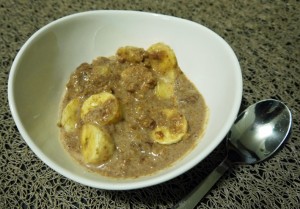 OK this may not look like the yummiest breaky out there, but I have to tell you it’s so delicious it is surely one of my favourite, hearty winter breakfasts!
OK this may not look like the yummiest breaky out there, but I have to tell you it’s so delicious it is surely one of my favourite, hearty winter breakfasts!
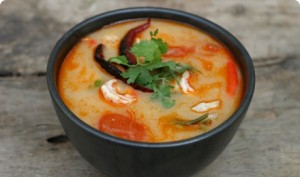
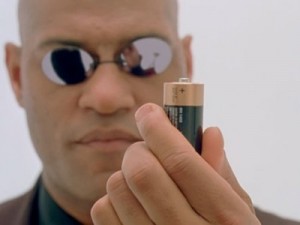


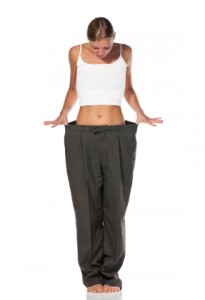
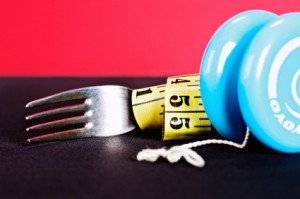 Article written for InShapeNews.
Article written for InShapeNews.  Is it realistic to think we can be fully energised, focussed and involved in all areas of our lives, and still have time for ourselves at the end of the day?
Is it realistic to think we can be fully energised, focussed and involved in all areas of our lives, and still have time for ourselves at the end of the day?
